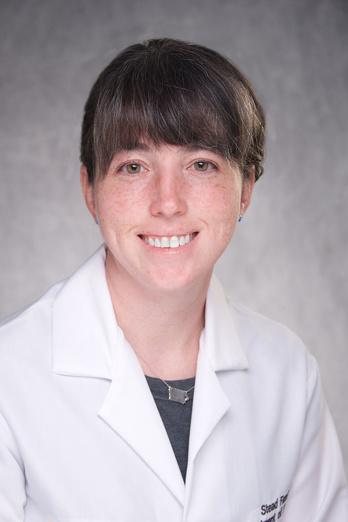

Pancreatogenic diabetes is an underrecognized form of diabetes that develops as a consequence of diseases affecting the exocrine pancreas. Though often overshadowed by type 1 and type 2 diabetes, pancreatogenic diabetes is estimated to account for 1–9% of all diabetes cases, making it a significant contributor to global health burden. This condition can arise from a range of pancreatic disorders, including pancreatitis, pancreatic cancer, cystic fibrosis, surgical removal of the pancreas, and fibrocalculous pancreatic disease. Each of these conditions presents unique diagnostic and therapeutic challenges, underscoring the need for heightened clinical awareness. Two faculty members from our Division, Dr. Larson Ode and Dr. Norris, have authored a comprehensive clinical review on this topic, recently accepted for publication in the Journal of Clinical Endocrinology and Metabolism (JCEM), one of the leading journals in the field.
Their article, titled “Approach to the Patient with Pancreatogenic Diabetes”, synthesizes current evidence and offers practical guidance for clinicians managing these complex cases. The work was co-authored by adult endocrinologist Dr. Yumi Imai. The review emphasizes the importance of timely diagnosis and tailored treatment. For instance, diabetes can be an early warning sign of pancreatic cancer—a disease with poor prognosis and no reliable biomarkers—making clinical suspicion critical. In cystic fibrosis, even mild diabetes can worsen lung function and increase mortality risk, highlighting the need for proactive screening. The authors also discuss the frequent coexistence of exocrine pancreatic insufficiency in these patients, noting that in these cases pancreatic enzyme replacement therapy may improve glycemic control.
We are glad that these authors have been able to bring their recognized expertise in pancreatogenic diabetes to this work, providing clinicians with actionable insights into evolving screening and treatment strategies. The article’s abstract can be found on PubMed (https://pubmed.ncbi.nlm.nih.gov/41252284/), where there are links to the open access full manuscript.



